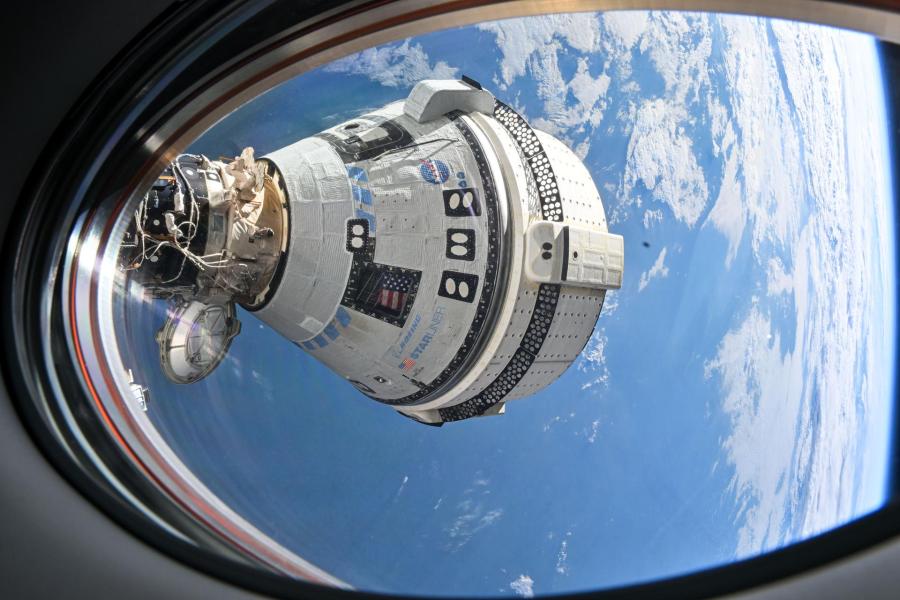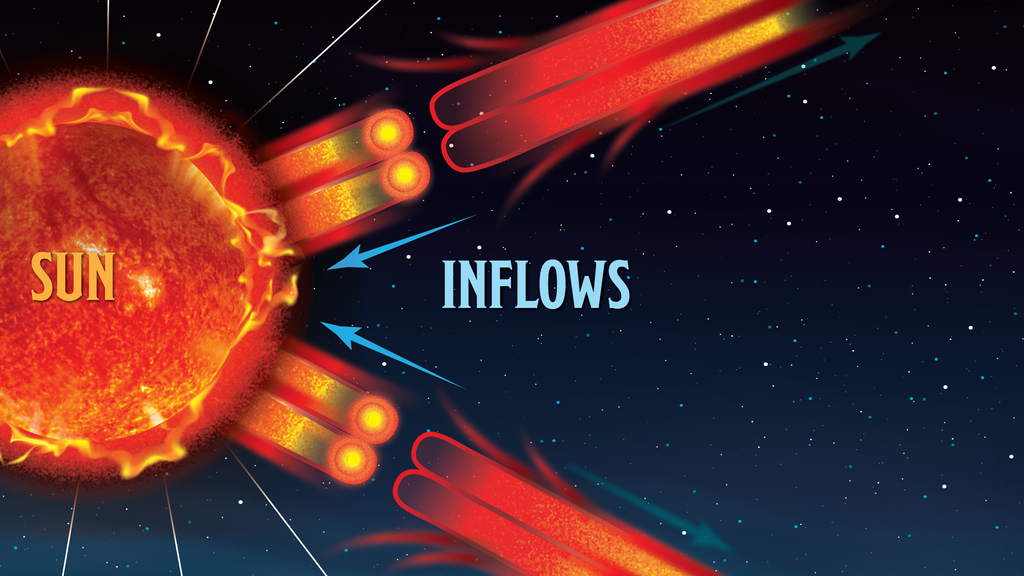NASA and Boeing concluded a detailed Delta-Flight Test Readiness Review on Thursday, polling “go” to proceed with undocking of the uncrewed Starliner spacecraft no earlier than 6:04 p.m. EDT on Friday, Sept. 6, from the International Space Station, pending weather and operational readiness. After undocking, Starliner will take about six hours to reach the landing …
NASA, Boeing Teams “Go” for Starliner Uncrewed Return






























![Sequence 01.00_00_12_41.Still002[1]](https://science.nasa.gov/wp-content/uploads/2024/08/Sequence-01.00_00_12_41.Still0021.jpg?w=900)
